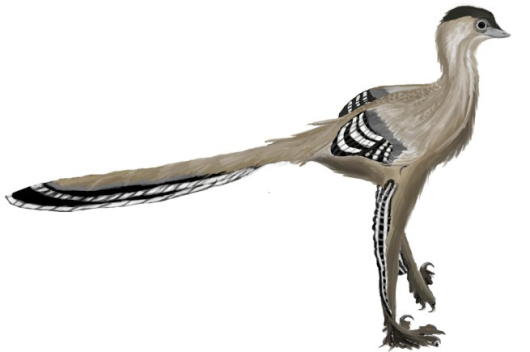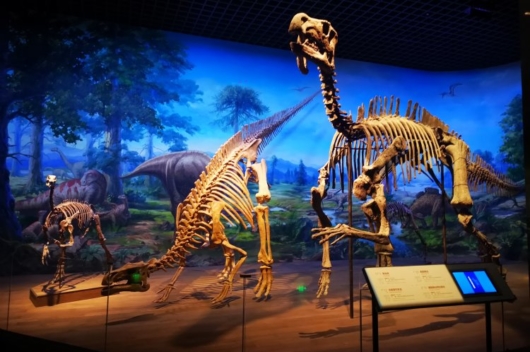Across the stark steppes of the Gobi Desert, the largest desert in Asia, accounting for roughly 30% of Mongolia, almost a hundred years ago, a unique cavalcade of old motor vehicles made its way northwest from Peking. The cars and their passengers, which must have left the Gobi’s nomadic herders gawking in amazement on those days in 1920, was an expedition in search of the remains of early man and was led by a prototype of Indiana Jones – the US naturalist Roy Chapman Andrews. What they came across, however, was far older than ancient human remains – a nest of dinosaur eggs! This discovery – the first of its kind – was to lead to a host of fossil excavations putting Mongolia on the map as a veritable treasure trove for palaeontologists.
Just this past summer, the Hong Kong chapter of the Explorers Club, together with the Mongolian Institute of Palaeontology and Geology, traced a similar route through the desert, this time using NASA technologies, such as drone-mapping, multispectral and thermal imaging – the same technology used to explore Mars – to collect data and help identity fossil sites.
On the 20-day Roy Chapman Andrews Centennial Expedition, the 35-person team found potential evidence of at least three previously unknown dinosaur species and excavated 250 new dinosaur fossil sites.
This is just one of the club’s many adventures in destinations around the world.
 3,575.44
3,575.44












Related News